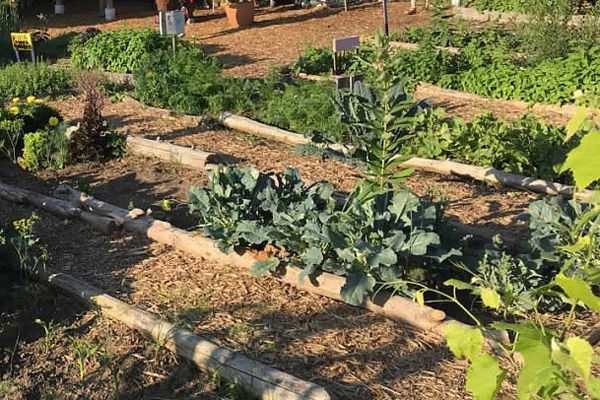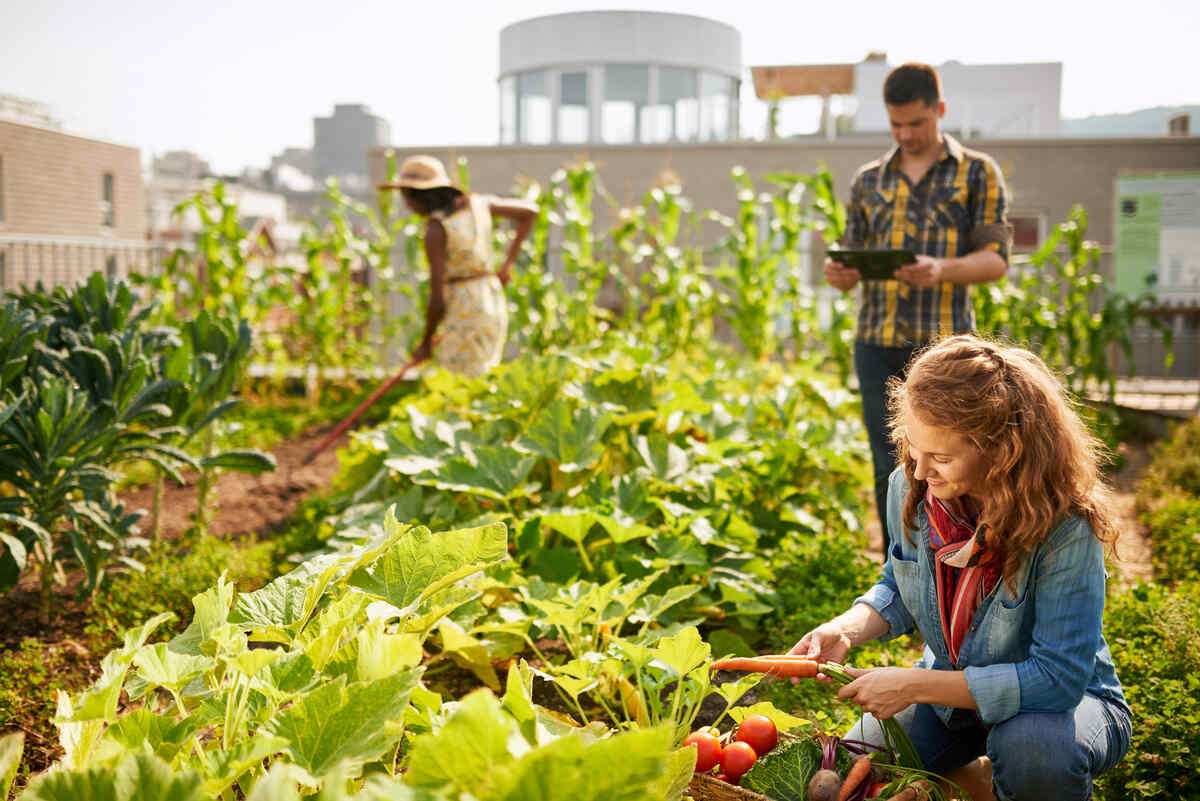The smart Trick of City Blooming That Nobody is Discussing
The smart Trick of City Blooming That Nobody is Discussing
Blog Article
The smart Trick of City Blooming That Nobody is Discussing
Table of ContentsThe Buzz on City BloomingGetting The City Blooming To WorkWhat Does City Blooming Mean?See This Report on City BloomingNot known Incorrect Statements About City Blooming
Fascinated in expanding food available for sale in the City of Chicago? Thinking of beginning a neighborhood yard? Modifications to the Chicago Zoning Statute enable farming usages like neighborhood gardens and metropolitan ranches in numerous parts of the city. Below is a listing of frequently asked questions pertaining to the rules and policies that cultivators should consider when intending a city agriculture task.
The zoning change does not change any type of various other codes handling composting, building authorizations, buying or renting City owned property, service licenses or environmental contamination. There are existing codes that regulate these issues and they remain completely effect and may apply to your task. Neighborhood gardens are generally owned or managed by public entities, civic organizations or community-based companies and preserved by volunteers.
Urban farms expand food that is planned to be sold, either on a not-for-profit or for-profit basis. Due to their business purpose, urban ranches call for an organization permit.
City Blooming Can Be Fun For Everyone
The amount of garden compost product can not exceed 25 cubic yards at any kind of offered time according to the requirements in 7-28-715 of the City's Municipal Code. Since the soil at a lot of brand-new garden sites needs modifying, compost, dirt, wood chips, or various other products can be acquired to construct or enhance the expanding space.

If a structure authorization is needed after that the hoophouse will certainly be thought about an accessory structure. You can discover more concerning the building permit needs by contacting the Division of Structures. The 25,000-square-foot size limit is meant to avoid a solitary area garden from controling a provided block or interfering with the block's existing domestic or industrial personality.
The limit does not use to yards situated in Public Open Room (POS) districts. Can there be even more than one community garden that is 25,000 square feet on a single block? Fence is not needed, nonetheless, gardens that have huge car park locations might be called for to mount fence or various other landscape design features.
The Best Strategy To Use For City Blooming
B1 & B2 areas call for that all commercial use activities be carried out inside. Is fence required for urban farms? Fencings may be required, along with landscape design and testing, for certain parking locations and outside job or storage space locations depending on area and the details task taking area.
Yes. Urban ranches call for structure licenses and zoning authorizations prior to building. Other types of city review may be called for depending on details frameworks, activities, size, landscape design, licensing, public heath and stormwater management problems. A lot of these requirements are recognized in the job layout or permitting procedure, however, the applicant may be responsible to individually identify certain licenses or allows that might be required.
The Department of Service Matters and Customer Defense can aid determine the particular kind of business certificate that's needed. Off road car park is needed for most business tasks in Chicago. The called for number of car park spaces is based on the number of staff members working on site and not the square video footage of the expanding area.
The Of City Blooming

Yes. A city ranch can market compost material generated on site, nonetheless, the operation needs to follow the policies in 7-28-715 of the Chicago Municipal Code. Yes. Aquaponic systems are permitted inside on metropolitan farms in numerous zoning districts. Nevertheless, a zoning review and structure license is needed in order to mount structures or systems and a business license is called for as explained over.
As much as five hives or colonies of honey might be maintained as an accessory usage. Beekeepers have to sign up with the Illinois Division of Agriculture. To learn more about the proposed zoning modification you may call the Division of Housing and Economic Development, Bureau of Planning and Zoning at 312.744.8563.
Farming in cities and metropolitan areas A city farm in Chicago. Urban agriculture describes different methods of growing. their website https://www.easel.ly/browserEasel/14490178, handling, and distributing food in city areas. The term additionally relates to the area activities of animal husbandry, tank farming, beekeeping, and horticulture in a metropolitan context. Urban farming is distinguished from peri-urban agriculture, which happens in backwoods at the edge of suburbs.
The Best Strategy To Use For City Blooming
It can include a movement of organic cultivators, "foodies" and "locavores", that seek to develop social media networks based on a common ethos of nature and neighborhood holism. These networks can create using formal institutional assistance, ending up being integrated right into local town as a "change town" motion for sustainable urban development.
Some of the initial proof of urban farming comes from Mesopotamia.
Report this page